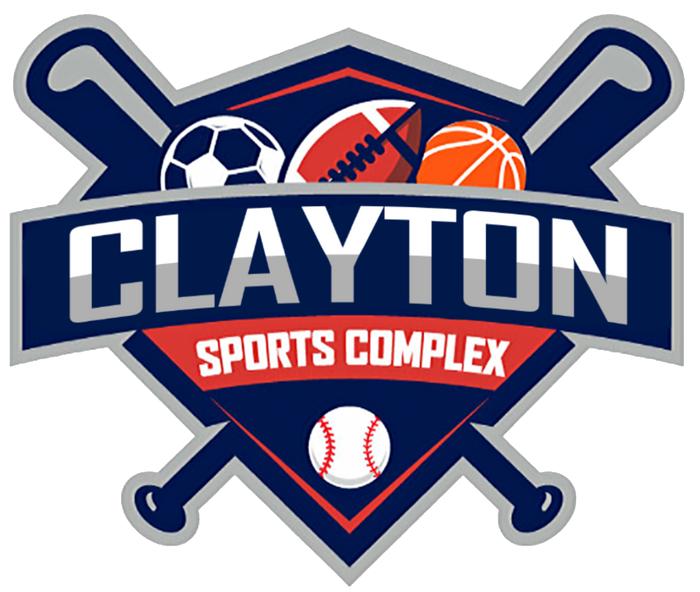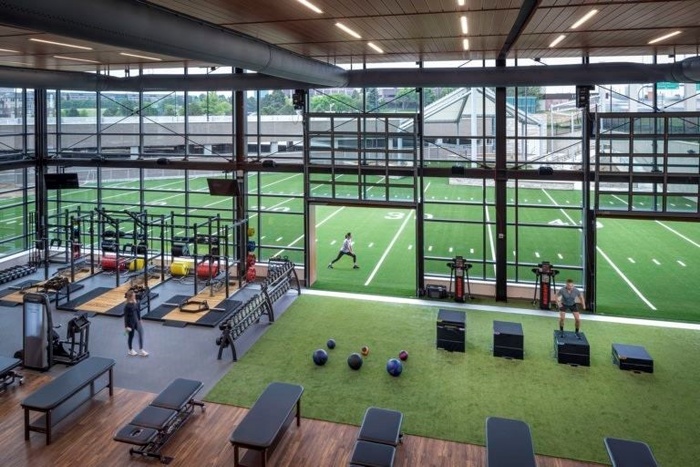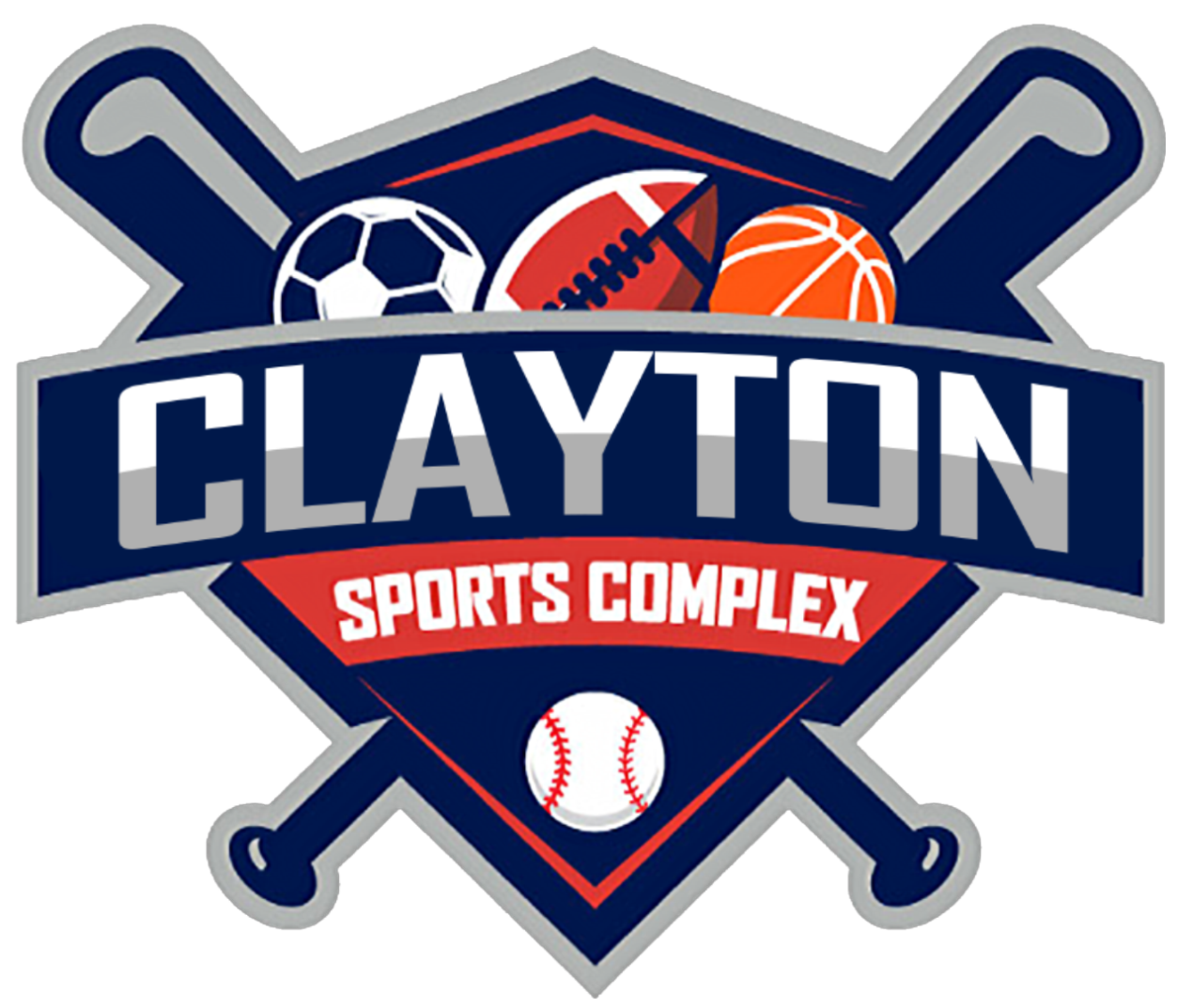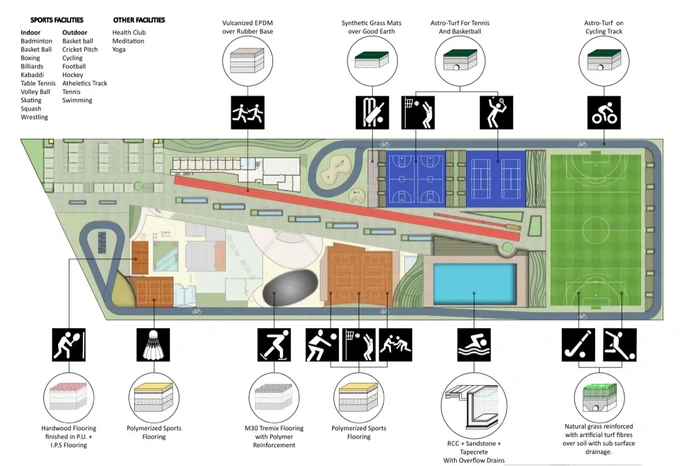
Clayton Sports Complex Feasibility Study (Pre-Phase 1)
$0
Raised
0
Donations
$50,000
Goal

This dream will enhance our community by being an educational and sport programed, community recreational, health and wellness facility, and a new sports tourism all under one roof. This concept is driven by a variety of factors including community leader inspiration, our desire to improve social and health outcomes, and local market interest and competition. Unique design and planning will make this project a standout. Such comprehensive and centralized public sports facilities are rare in our region, and the attention to integrated design and superior functionality and connectivity has generated a totality that is at the highest level. Details of the complex include indoor courts, artificial turf fields, weight management, and educational sessions. This complex, at the least, will be a 50-acre development or redevelopment which will enable participation in school and/or league sports that enrich socio-emotional and physical development. This is where young boys and girls have an equal opportunity to pursue their dreams through sports and life.


